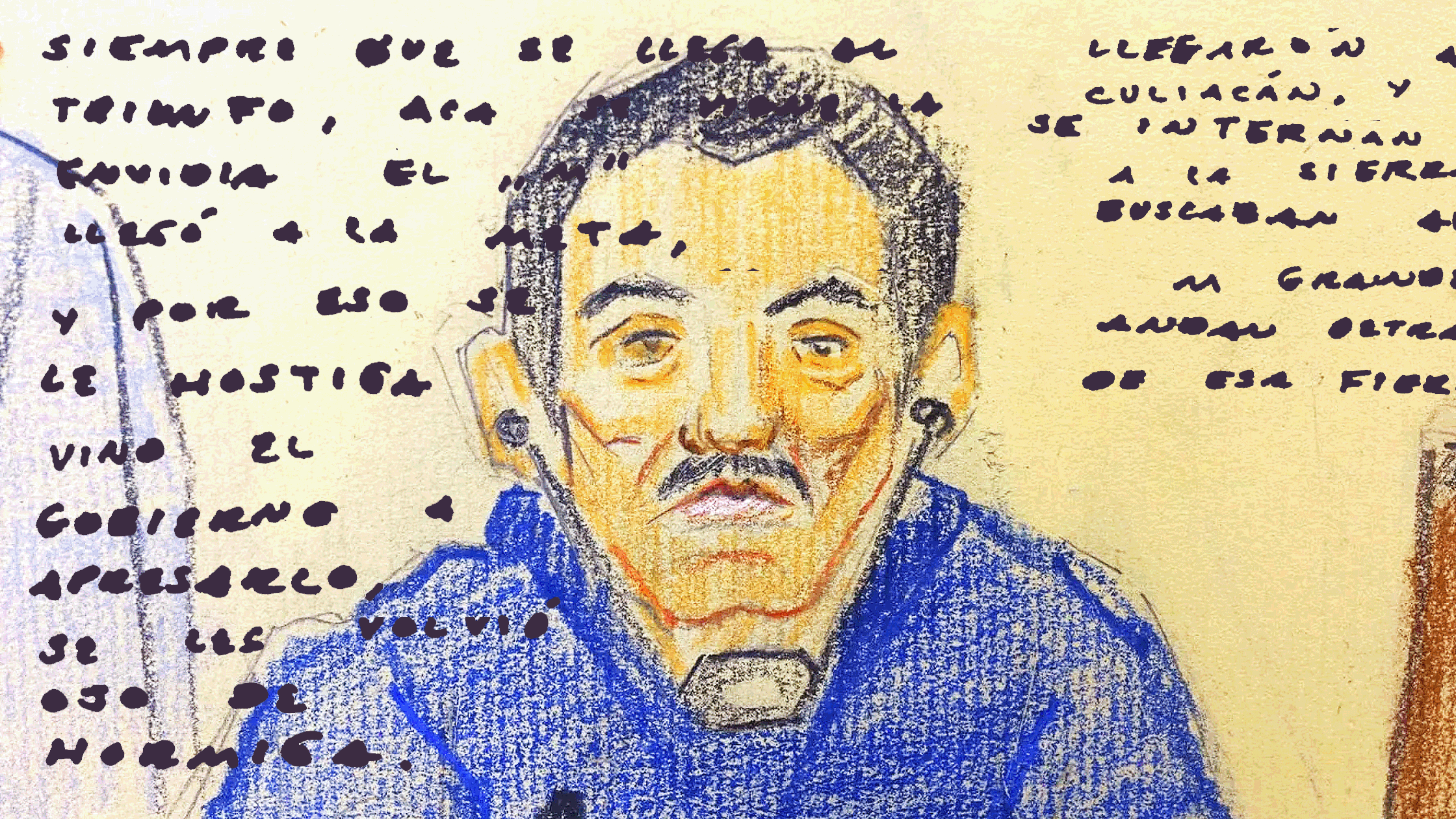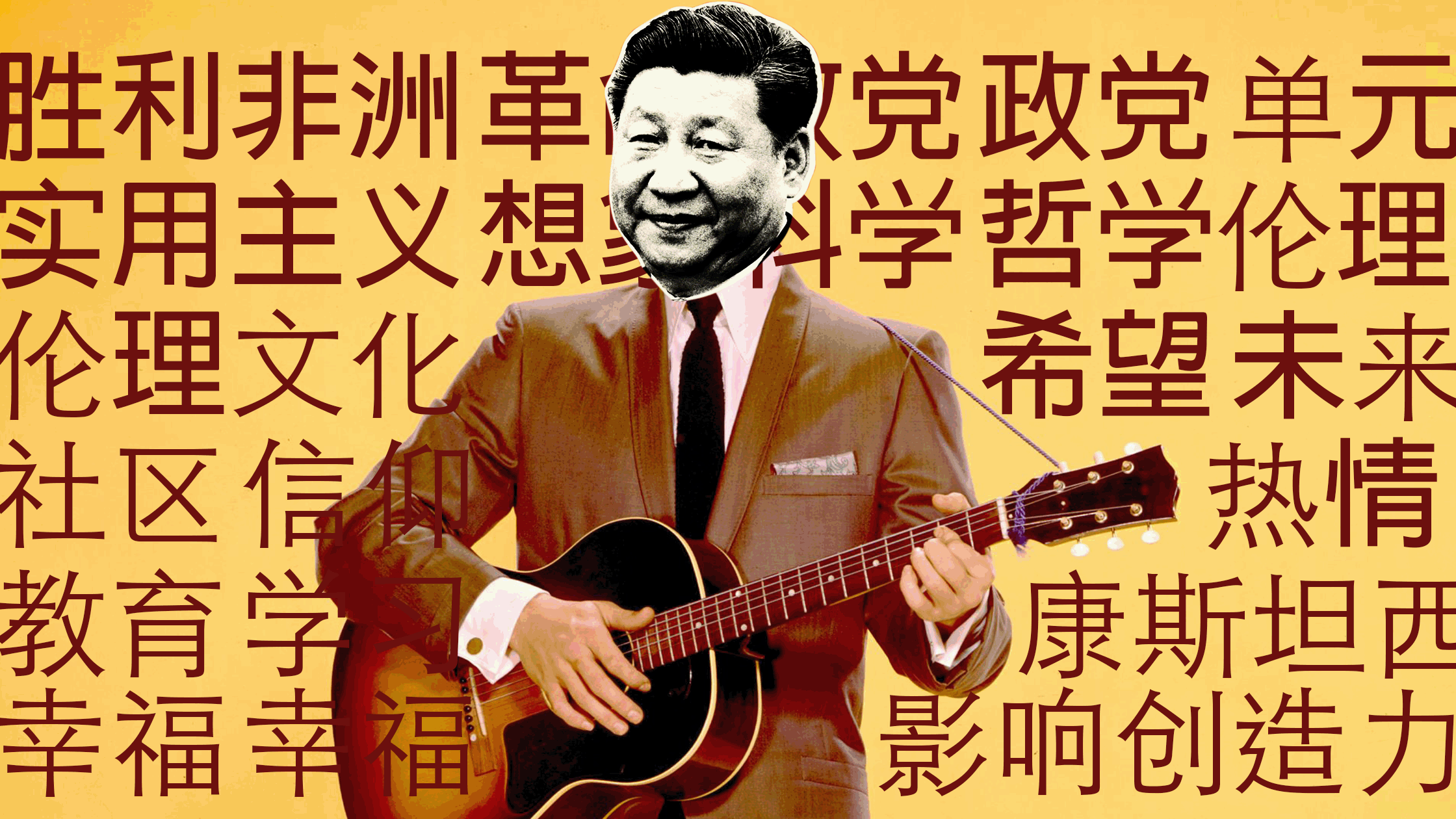The dream of a fully integrated North America, united by shared infrastructure, trade, and culture, will never happen. The failed war on drugs and the unrelenting cycles of violence across Mexico have made the prospect of true Panamerican integration increasingly elusive. The consequences are evident not only in stalled infrastructure projects but also in deteriorating political and economic relationships across the continent. Here’s how the failed dream of Panamerica unraveled.
Cancelled Expectations
The Panamerican Highway system was once envisioned as a symbol of unity, an unbroken thread connecting the Americas from Alaska to Argentina. Yet, key extensions like the “Caribbean Circuit” were halted due to political tensions, most notably after Fidel Castro’s rise to power in 1959. More recently, even segments that have been completed — like the vital trade corridors connecting Austin, Monterrey, and Querétaro — have been hamstrung by violence and poor planning.
Laredo and Nuevo Laredo, the primary crossing points between the United States and Mexico, epitomize the failure. Once bustling trade hubs, these cities are now plagued by cartel violence, rampant kidnappings, and economic stagnation. In Nuevo León, Apodaca — Mexico’s most productive municipality — is riddled with organized crime, even as its industrial output contributes significantly to the nation’s GDP.
Statistics paint a grim picture: according to the INEGI, Nuevo Laredo had over 1,500 homicides per 100,000 residents in 2023, ranking it among the most dangerous cities in the world. The economic potential of the Panamerican Highway remains stifled, with businesses and tourists alike avoiding routes plagued by insecurity.
Useless Supermajority
Claudia Sheinbaum’s presidency, supported by a legislative supermajority, promised sweeping reforms but has so far delivered little in terms of security. Despite initial successes, such as the arrest of 22 “priority targets” in her administration’s first month, violence persists at staggering levels.
In her first month as president, there were 2,564 homicides in Mexico — down slightly from the 2,893 during the first month of her predecessor, Andrés Manuel López Obrador. However, this reduction barely makes a dent in the nation’s long-term trajectory of violence. If current trends continue, 2024 will end with over 31,000 intentional homicides, making it one of the deadliest years in Mexican history.
The state of Sinaloa exemplifies the chaos. Following the U.S. capture of cartel leader Ismael “El Mayo” Zambada, the region has devolved into a battleground. Reports detail how factions of the Sinaloa Cartel, such as Los Chapitos and Mayitos, have turned to increasingly heinous acts to maintain control. Municipal palaces are attacked with artisanal armored trucks, and civilians are routinely caught in the crossfire, creating a climate of terror.
Dirty Political Adversarios
North America’s political landscape grows increasingly fragmented, a fertile ground for crime to flourish. Sheinbaum’s government faces threats not only from criminal organizations but also from diplomatic challenges posed by leaders like Donald Trump. His threats of a 25% tariff on Mexican imports exacerbate tensions, while his demands for stronger anti-immigration and anti-drug measures undermine any semblance of cooperation.
Canada has also distanced itself from Mexico in recent years. Ontario’s proposed removal of Mexico from the US-Mexico-Canada Agreement (USMCA) signals growing mistrust, as Canadian officials cite concerns over drug trafficking and cartel-related violence spilling across borders.
Trade disruptions from tariffs and deteriorating relationships could cost Mexico billions. The U.S.-Mexico trade corridor accounts for nearly $700 billion annually, yet Mexico’s economy remains vulnerable to external shocks. Rising insurance costs for businesses — fueled by increased cartel-related risks — further deter foreign investment.
Big Guns
At the heart of cartel dominance lies their seemingly unlimited access to weapons. The United States remains the largest supplier of legal and illegal firearms to Mexican cartels. According to the Bureau of Alcohol, Tobacco, Firearms, and Explosives (ATF), over 70% of guns seized at crime scenes in Mexico between 2014 and 2020 were traced back to the U.S.
Cartels have also adapted their arsenals to include high-powered rifles, artisanal “monsters” (makeshift armored vehicles), and even drones equipped with explosives. Local police forces, often underfunded and outgunned, are no match. For example, Michoacán’s municipal police frequently retreat during cartel attacks, as seen in the recent assault on the Zinapécuaro municipal palace.
The impact of unchecked arms trafficking extends beyond Mexico. The flow of drugs like fentanyl into the U.S. is intertwined with the arms trade, creating a feedback loop of violence and addiction. In 2023 alone, over 107,000 Americans died from drug overdoses, a stark reminder of how deeply intertwined the fates of these two nations remain.
Nightmare
The Panamerican dream of unity has been lost in a haze of violence, corruption, and geopolitical strife. While leaders across North America blame one another, cartels thrive in the chaos. The Panamerican Highway, rather than connecting the continent, now serves as a grim metaphor for the region’s fractured relationships and untapped potential.
Without meaningful collaboration, the vision of a united North America will remain buried under the weight of crime and mistrust — a fatal casualty of the Wild West.










